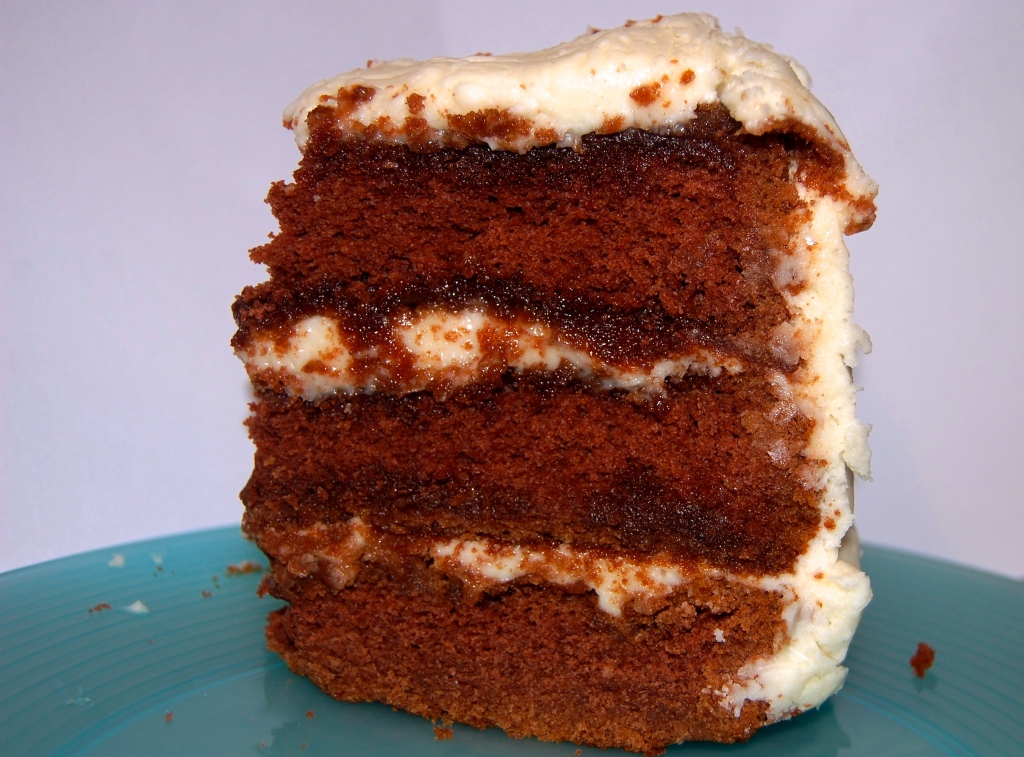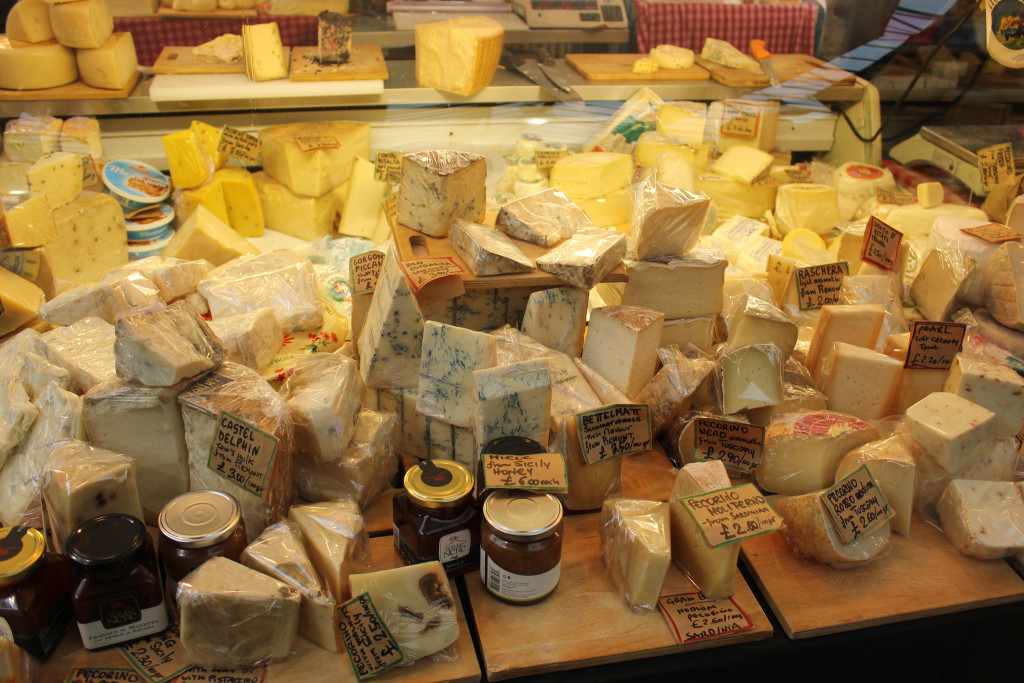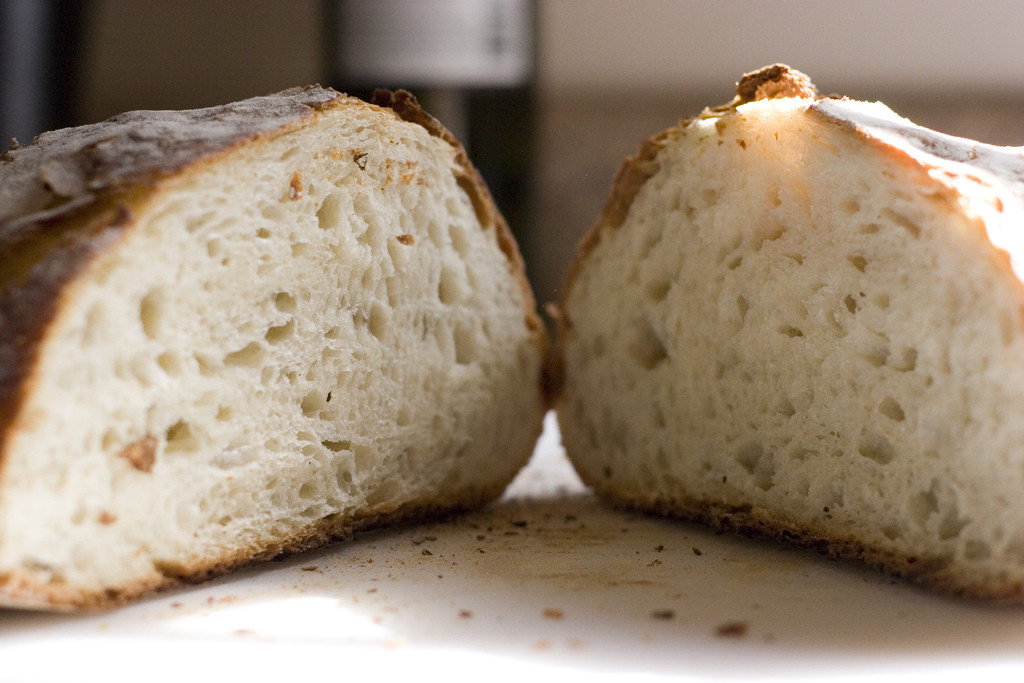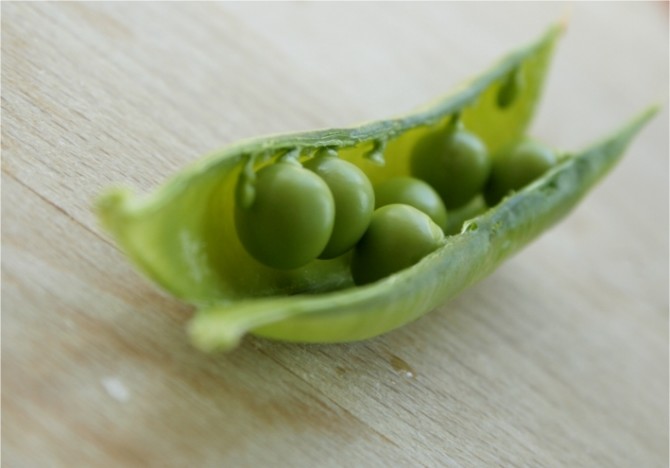Food is an important part of our lives at all times of the day. If we are not snacking or eating a meal, we are talking about food. It seems only natural that we would use food items in our daily language.
The true question is, when we say them, do we really know what they mean? And more importantly, do we know where they came from? Read on as I attempt to decipher the true meanings behind some of today’s most popular food idioms.
“Piece of cake”

Photo by Madison Mounty
Probably one of the most widely used sayings, this phrase has come to describe an action or activity that was very easy to complete.
Long ago in the United States, when people won certain events, they were awarded with cakes. Also, there is another theory that cake is an easy food to eat and after eating many cakes in my day, I can attest to that theory.
“Say cheese”

Photo courtesy of Paul Wilkinson/Flickr
This phrase is most commonly used when pictures are being taken. The photographer usually yells this phrase to get the subjects in the photo to smile for the camera. This phrase has a very interesting backstory.
It is said to be first used by Ambassador Joseph E. Davies, who worked under Franklin D. Roosevelt. He observed that by simply saying this phrase, one could make any person smile. This worked because of how the mouth has to position itself to say the word cheese.
“Breadwinner”

Photo courtesy of surlygirl/Flickr
Breadwinner is the term used for the person in the family who earns the highest income. This comes from the early concept that having access to bread was a luxury.
Whoever was able to bring home the most bread for the family was the one who supplied the family with this necessary resource, and in return this person was deemed the “breadwinner.”
“Two peas in a pod”

Photo courtesy of Isabel Eyre/Flickr
This is used to describe two people or objects whom are practically one and the same. If you think about a pod with peas in it, each pea is so close together and they are basically identical, hence the meaning and use of this term.




